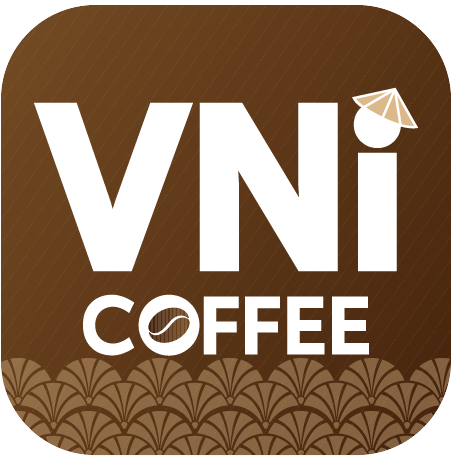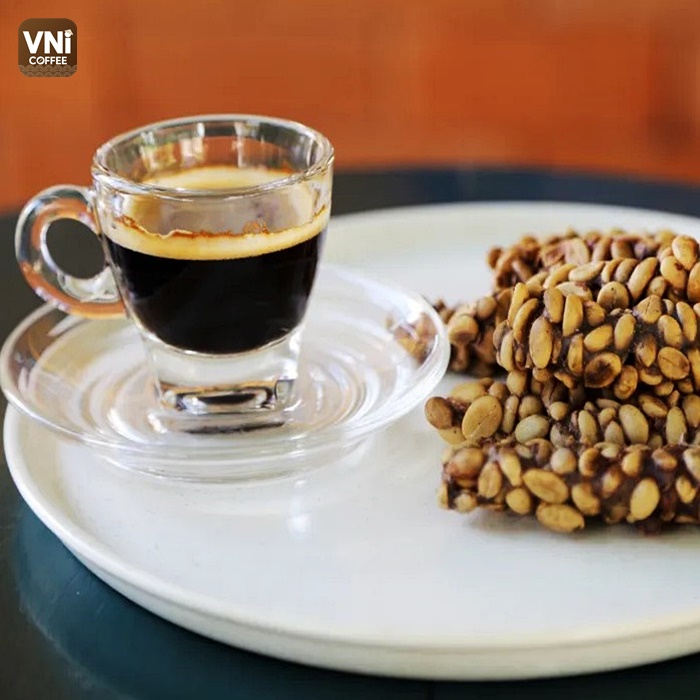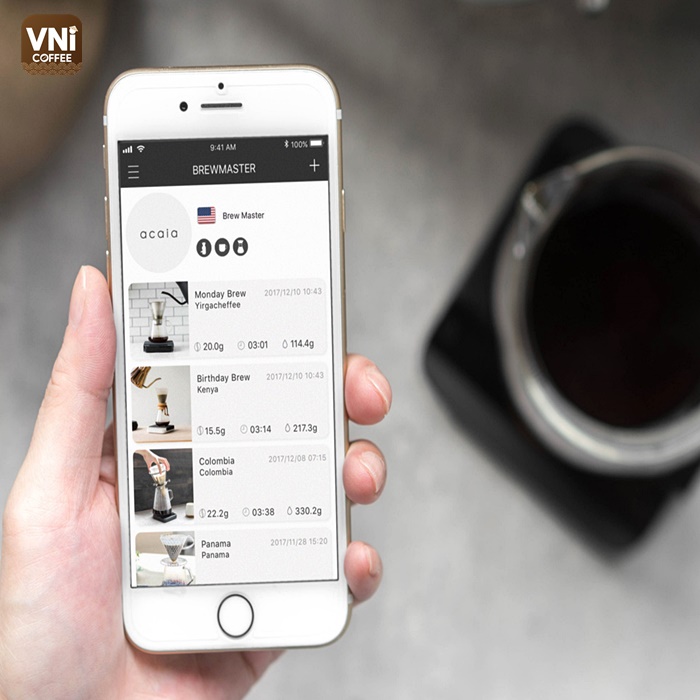
Pour-Over brewing method and numerous key techniques to know
With the principle of pouring hot water over the coffee grounds in a filter, and the water filtering through the coffee falls into a pitcher or cup, it sounds Pour Over a simple manual coffee brewing method; still, is it really so? In fact, it requires quite careful preparation of incubation time, pouring technique, and extraction ratio; or more precisely, the baristas need to have high personal skills. Therefore, this makes Pour Over a preferred choice when you want to taste single-origin coffee due to its ability to let the aroma and flavor of the beans shine. Also, there are a few important techniques to know to master the Pour-over technique.
What is Pour Over?
First appeared in 1908 in Germany, Pour Over is a manual coffee preparation with simple tools and techniques, including a filter and pouring water over the coffee. Baristas will pour hot water through the coffee, bringing the extract down by gravity while the coffee grounds are retained on the filter. Coffee will be extracted in the form of osmosis – to a certain temperature and specific time, water gradually seeps into the coffee powder, then takes flavoring substances, such as sugar, acid, fat, and other substances, resulting in pure, rich coffee taste, exactly with the bean quality.
Previously, Pour Over was only available at a few signature stores specializing in Specialty Coffee, however, the method has recently become more popular at different cafes and even at home through many video tutorials on the internet.
There is no such thing as a completely exact formula specifically for Pour Over. The recipe may change, based on the ratio of water, the amount of coffee roasted, and the variety of coffee you make each time, so, refer to the following basic instructions to know more about it.
Notable factors in Pour-Over brewing method
Two key elements affected by the material in the Pour Over coffee making process are temperature and time, which also means baristas need to be meticulous in manipulation to maximize the quality of coffee beans.
The higher the brewing temperature, the more water can completely dissolve the substances in the coffee powder. However, the intensive heat water might make the finished coffee lose its aroma since the hot water evaporates very strongly, carrying the scent molecules of the coffee. On the other hand, if you use water that is not hot enough, your coffee will be weak in both flavor and micro, especially not sweet enough.
Coffee extraction time is similar. Speedy process will make the water not able to extract the compounds bringing the hidden delicious coffee flavor. In contrast, if it is too long, the water will bring along unwanted compounds, giving an unwanted taste.
Decisive techniques for a good cup of Pour Over
Preparation tools
Each kind of coffee requires certain gadgets in specific materials, which also affect heat absorption, retention, and transfer. In Pour-Over coffee brewing, the main tools we need are filter paper and funnel type. Depending on whether the filter paper is organic or bleached, the taste of the coffee will also vary more or less. Meanwhile, plastic or silicone funnels have good insulation properties, so when used, they almost do not affect the internal water temperature during the brewing process. In contrast, the metal funnel absorbs heat quickly and radiates heat to the outside just as quickly. The ones made of ceramic, porcelain, or glass absorb heat and give off the temperature much more slowly than metal.
The ground coffee
As with other coffee-making methods, the fineness of the coffee powder is utterly vital, especially when using specialty coffee. If the ground coffee is too coarse, the water will flow through quickly without carrying the bean extract. Conversely, if too fine, the resulting taste will be too bitter, unbalanced, or even worse.
For Pour Over in general, medium roasted coffee is the best as it contains the brightest and most acidic flavors. The seeds may be smaller than those used for French press or Cupping but larger when used for Espresso or Siphon. Additionally, with each different Pour Over tool, the ground level is also different. For example, you will use thinner filter paper for V60 while the filter paper for Chemex can be a little larger.
Water pouring technique
Of the 2,000 cups of coffee poured over at coffee shops, only about 20 have been extracted so well. This percentage is only 1%, which shows that Pour Over is not totally effective for coffee shops because the consistency in extraction is rather low and the biggest obstacle lies in how you handle the pouring. All you can do to level up the skill is either try with the volume of water and number of pours or steadily and continuously pour to keep the saturation even.
*Other notes:
- The water temperature is stable at about 93 degrees Celsius
- Coffee must be soaked before extraction
- Constantly stir during pouring for better water-coffee contact
- Finish at the right time to ensure a balance of flavors
The ratio
The ratio of brewing coffee and water is also the basis for your quality cup of Pour-Over. The ideal ratios recommended for specialty coffee are usually 1:15 and 1:17. Moreover, the amount of brewing water should always remain between 20 and 25% of the total amount of water in use. This means that with 20 grams: 300ml of water, the usual amount of brewing water will be 60ml; however, feel free to explore numerous recipes that suit your taste buds best!
How to make a perfect cup of Pour Over
Make sure you have all the following Pour-Over gadgets:
- Coffee grinder
- Coffee pot
- Funnel
- Filter paper
- Cup
- Arabica coffee beans (Robusta)
And, here are the detailed instructions:
Step 1: Weigh and grind the coffee
Grind 20g of coffee at a medium level, because if the ground coffee is too fine, the taste will be bitter, and if the ground is coarse, the taste will be sour.
Step 2: Rinse the tool, wet the paper
– Place the filter funnel on the coffee pot.
– Place the filter paper in the filter funnel.
– Use hot water to rinse the tool and filter paper. This step helps to deodorize the filter paper and clean the brewing equipment.
Step 3: Put coffee into filter paper and brew coffee
– Put 20g of coffee into the filter funnel.
– Pour 60ml of water over coffee to brew coffee within 30 seconds.
Step 4: Pour water to make coffee
– After brewing coffee, continue to pour the remaining 240ml onto the coffee.
– Pour slowly clockwise.
Total brewing time from the first pour is about 2 minutes 30 seconds. If too fast, the coffee will be pale and sour, yet if you pour water too slowly, it will make the coffee bitter.






